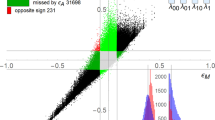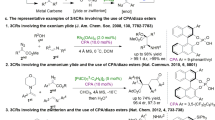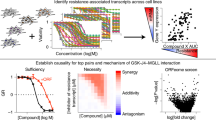Abstract
WILLIAMS1 has devised experimental designs for use when several subjects are to be tested on successive occasions, and the response to the treatments on any one occasion may be modified by residual influences of the one or two previous treatments. We have recently considered the possibility of analogous designs that, under certain assumptions about the mathematical model, could be used for an experimental comparison of treatments on many occasions with one subject only. The practical importance of these designs is probably not great, but they are of interest as introducing new combinatorial problems.
This is a preview of subscription content, access via your institution
Access options
Subscribe to this journal
Receive 51 print issues and online access
$199.00 per year
only $3.90 per issue
Buy this article
- Purchase on SpringerLink
- Instant access to full article PDF
Prices may be subject to local taxes which are calculated during checkout
Similar content being viewed by others
References
Williams, E. J., Australian Journal of Scientific Research, A, 2, 149 (1949) ; A, 3, 351 (1950).
Williams, R. M., Biometrika, 39, 151 (1952).
Author information
Authors and Affiliations
Rights and permissions
About this article
Cite this article
FINNEY, D., OUTHWAITE, A. Serially Balanced Sequences. Nature 176, 748 (1955). https://doi.org/10.1038/176748a0
Issue date:
DOI: https://doi.org/10.1038/176748a0



